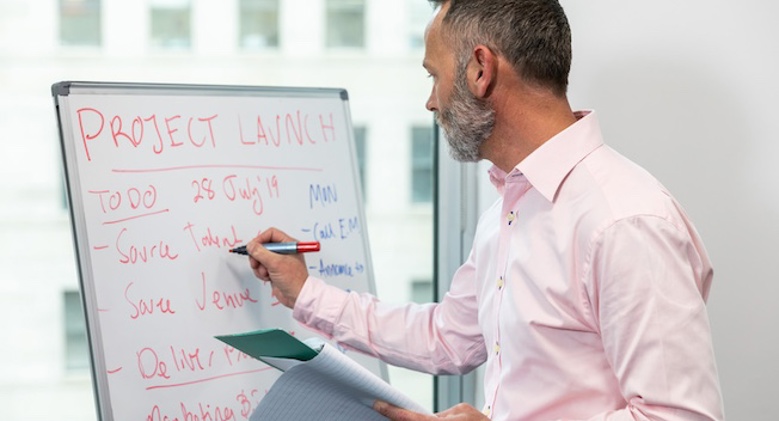
Working 9 to 5, what a way to make a living
Barely getting by, it’s all taking and no giving
They just use your mind, and they never give you credit
It’s enough to drive you crazy if you let it
Did Dolly Parton have a point?
For a long time, we, as a society, have more or less taken for granted the idea that the 9-to-5 workday is the best way to get things done. Sure, there are some positives of everyone being on the same clock. It means phone calls get answered in the moment and collaboration can happen in real-time.
But there are also some drawbacks of having a rigid workday without flexible working hours. Let’s have a closer look at some of the drawbacks of the traditional 9 to 5 and how modern flexi working is changing things up.
The idea of a 9-to-5 workday goes back to the 1800s and the industrial revolution. This was a period in which the principles of employment were overhauled in many countries throughout the world.
The kind of change that took place might be best typified by the concept of the Ford assembly line, an invention used by Henry Ford to reduce the time it took to build a car from 12 hours down to one hour and 33 minutes.
This invention has come to be seen as a symbol of what industrialisation was able to achieve, and also everything that was wrong with it. Cars and other products could be produced much faster, leading to greater overall prosperity, but individual workers were stuck in their individual spot in the assembly line doing a single menial task for eight hours each day between 9 to 5.
But, moving into the new millennium, we have come to appreciate that being stuck in such inflexible work arrangements is not only bad for individual health and wellbeing but also business productivity. Work burnout makes employees 63% more likely to take sick leave and 2.6 times more likely to move on to another job.
So, there are some facts to suggest that an inflexible 9-to-5 day might not be all that sustainable.
Enter flexi work.
In the first instance, flexi working is about flexible hours. It means that workers can schedule their working week according to their own personal needs.
For some people, flexi working means organising their day around childcare, while for others it might mean having flexible finishing times to allow for participation in sporting or community activities.
But flexi working is about more than just scheduling hours. It’s also about where people work. As the past 18 months have shown us, many businesses can still make things work with employees spending some of their time out of the office.
So, flexi work can also involve dividing work hours between the office and home. This might be a simple arrangement, such as having set office days and home days. But it might also involve more nuanced situations where employees spend some time in the office and choose to do the rest of their work at times that suit them.
There’s no one single way to flexi work.
Hand in hand with new trends in flexible work time go flexible office spaces. Mirroring the move away from rigid schedules, office spaces have become more dynamic. That is, people aren’t getting stuck in the one cubicle and staying there for years on end.
We are now understanding the value of allowing people to use offices in flexible ways to promote collaboration, socialisation, and workplace excitement. This is particularly the case in coworking environments, where people are coming to the office each day and doing all sorts of different work in their own different ways.
Flexi work goes well with coworking office spaces because these are places that have flexibility built into their design.
It’s hard to say whether the 9-to-5 is leaving us for good, particularly because it’s a working arrangement that may actually suit many people’s own individual needs. There are also a number of business types that require everyone to be in the same place at the same time.
What we can say is that, as a society, we are definitely moving away from the idea that 9-to-5 is the gold standard of work arrangements. But, if we are moving away from a rigid 9-to-5 model, it’s still hard to say where we are heading.
Dynamic, flexible work environments are most likely the answer. But the true potential for such work environments is still beyond the horizon.
"*" indicates required fields

Cabaret
U-Shape
Theatre
Classroom
Boardroom
"*" indicates required fields